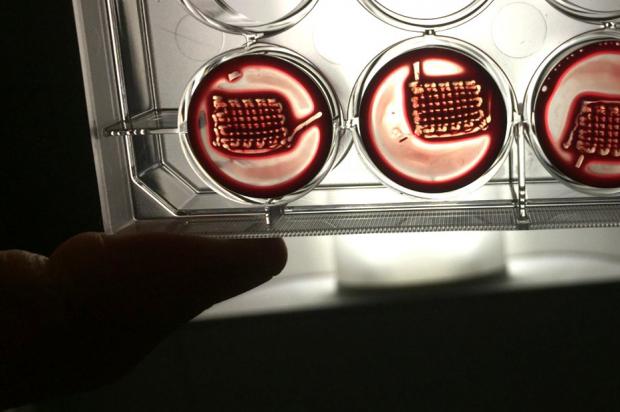
Breaking News
 Wash Post Editorial Board Turns Against Climate Agenda?!
Wash Post Editorial Board Turns Against Climate Agenda?!
 One Year Ago I Predicted and Described in Detail Huge Mars AI Plans that Elon Musk Confirmed...
One Year Ago I Predicted and Described in Detail Huge Mars AI Plans that Elon Musk Confirmed...
 British Teachers To "Spot Misogyny" In Boys And Target Them For Reeducation
British Teachers To "Spot Misogyny" In Boys And Target Them For Reeducation
 Democrats Refuse To Release Post-Mortem Of 2024 Election Loss, DNC Chair Says
Democrats Refuse To Release Post-Mortem Of 2024 Election Loss, DNC Chair Says
Top Tech News
 This tiny dev board is packed with features for ambitious makers
This tiny dev board is packed with features for ambitious makers
 Scientists Discover Gel to Regrow Tooth Enamel
Scientists Discover Gel to Regrow Tooth Enamel
 Vitamin C and Dandelion Root Killing Cancer Cells -- as Former CDC Director Calls for COVID-19...
Vitamin C and Dandelion Root Killing Cancer Cells -- as Former CDC Director Calls for COVID-19...
 Galactic Brain: US firm plans space-based data centers, power grid to challenge China
Galactic Brain: US firm plans space-based data centers, power grid to challenge China
 A microbial cleanup for glyphosate just earned a patent. Here's why that matters
A microbial cleanup for glyphosate just earned a patent. Here's why that matters
 Japan Breaks Internet Speed Record with 5 Million Times Faster Data Transfer
Japan Breaks Internet Speed Record with 5 Million Times Faster Data Transfer
 Advanced Propulsion Resources Part 1 of 2
Advanced Propulsion Resources Part 1 of 2
 PulsarFusion a forward-thinking UK aerospace company, is pushing the boundaries of space travel...
PulsarFusion a forward-thinking UK aerospace company, is pushing the boundaries of space travel...
 Dinky little laser box throws big-screen entertainment from inches away
Dinky little laser box throws big-screen entertainment from inches away
 'World's first' sodium-ion flashlight shines bright even at -40 ºF
'World's first' sodium-ion flashlight shines bright even at -40 ºF
Implants made of your blood could repair broken bone

Now scientists at the University of Nottingham have developed a way to improve on the natural process, making implants created from a patient's own blood to regenerate injuries, even repairing bone.
Bodily tissues can heal small cuts or fractures pretty efficiently. It starts with blood forming a solid structure called a regenerative hematoma (RH), a complex microenvironment that summons key cells, molecules and proteins that regenerate the tissue.
For the new study, the Nottingham researchers created an enhanced version of an RH. Rather than making a completely synthetic one from scratch, they used real blood and boosted its healing properties with peptide amphiphiles (PAs) – synthetic proteins that have different regions that are attracted to water and fats. Essentially, the PAs can build better structures for the hematoma, allowing the healing factors and cells that blood summons to work more effectively.
The team demonstrated that the new materials could perform the usual RH functions, such as recruiting healing cells and generating growth factors, while also being easy to assemble and manipulate. These structures can even be 3D printed into whatever shape is needed for any given patient, using samples of their own blood.
The researchers tested the idea in rats, which had sections of bone surgically removed from their skulls. These new RH structures were grown from their own blood and implanted into the gaps, and sure enough, the injuries showed signs of regeneration. After six weeks, those rats that had received the new RH technique showed up to 62% new bone formation, compared to 50% using a commercially available bone substitute. Untreated control rats saw just 30%.
"The possibility to easily and safely turn people's blood into highly regenerative implants is really exciting," said Dr. Cosimo Ligorio, an author of the study. "Blood is practically free and can be easily obtained from patients in relatively high volumes. Our aim is to establish a toolkit that could be easily accessed and used within a clinical setting to rapidly and safely transform patients' blood into rich, accessible, and tunable regenerative implants."



